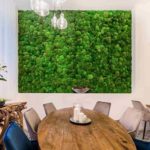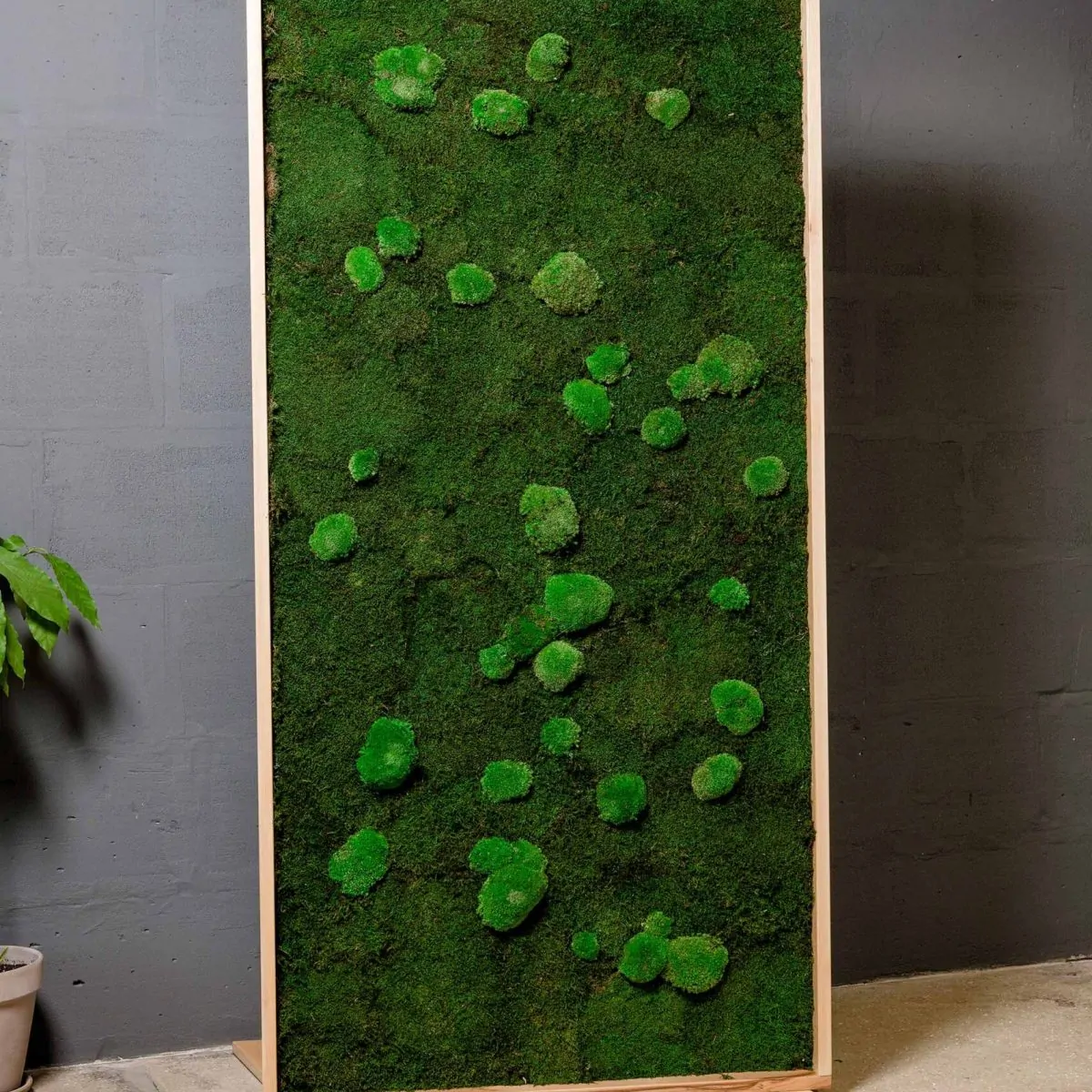|
W |
hether it is a box that will house a couple of drawers and a shelf or a china cabinet destined to grace your dining room, the carcase you build will feature many of the basic elements illustrated below. First, it will have four sides, or panels, which are usually the same width and thickness. Another require
ment is that parallel panels must have the same dimensions.
Although a panel can be made from a single piece of lumber, it is generally less expensive to glue narrower boards edge-to-edge to form the wide surface (page 20). Once glued up, the panels are planed, jointed on one edge, cut to size,
and then their surfaces are sanded. A third option—one which combines the economy of glued-up panels and the ease of solid lumber—is to use hardwood plywood, which can be made to look like solid wood, by the addition of a banding along exposed edges (page 39). Constructing carcases from plywood




Corner joint
Secures the ends of the panels together; rabbet joint is shown, but dovetail and plate joints are also popular choices.
Shelving
May be plywood or single piece of wood, but often made from edge-glued boards. Fixed shelves are glued in dadoes routed on the inside surfaces of side panels; adjustable shelves rest on supports.


 |
|
 |
|
 |
 |
does have its disadvantages, however. It reduces your flexibility when it comes to the joinery; dovetails, for example, simply will not work. It also rules out such esthetic possibilities as creating attractive grain patterns on the panels by edge gluing carefully matched boards.
If you plan to add edge banding or install shelves (page 41), you must anticipate those steps before gluing the panels together. For shelves, you will need to rout dadoes or bore dowel holes on the inside surfaces of the side panels.
For more detail on the cutting, jointing, sanding and other procedures
necesssary to prepare boards and panels, refer to the Cabinetmaking Techniques section on page 12. Of the many joinery methods that can be used to connect the panels of a carcase, this chapter focuses on three of the most common: the hand-cut through dovetail joint, the plate joint and the rabbet joint.



